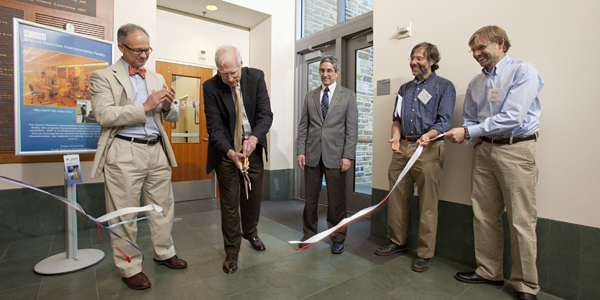nanotechnology
Researchers Use Nanoscale ‘Patches’ to Sensitize Targeted Cell Receptors
Ultrasound, Nanoparticles May Help Diabetics Avoid the Needle
Researchers Integrate Single-Crystal BFO Onto a Silicon Chip, Open Door to Smart Devices
New Technique Controls Dimensions of Gold Nanorods While Manufacturing on a Large Scale
Public Wants Labels for Food Nanotech – and They’re Willing to Pay for It
New Model Should Expedite Development of Temperature-Stable Nano-Alloys
Airbrushing Could Facilitate Large-Scale Manufacture of Carbon Nanofibers
Battery Design Gets Boost From Aligned Carbon Nanotubes
Injectable ‘Smart Sponge’ Holds Promise for Controlled Drug Delivery
New Master’s in Nanoengineering
Light-Carved ‘Nano-Volcanoes’ Hold Promise for Drug Delivery
